OWASP website penetration testing services
OWASP Top 10 Penetration Testing Services
Security Audit Systems provide penetration testing services using the latest ‘real world’ attack techniques, giving our clients the most in-depth and accurate information to help mitigate potential threats to their online assets.


OWASP website penetration testing
OWASP stands for Open Web Applications Security Project, and is an open-source collaboration of web based security tools, technologies and methodologies from industry leaders, educational organisations and individuals from around the world. The aim of OWASP is simple; help people with a useful and clear resource of tools and documents to help understand web application security to better protect themselves online. The OWASP Top 10 2017 is in development and is currently being finalised and updated.
What is OWASP Top 10?
OWASP collects data from successful web application attacks and uses this data to produce the OWASP Top 10 statistics. The OWASP Top 10 refers to the top 10 web attacks as seen over the year by security experts, and community contributors to the project.
OWASP Website Penetration Testing
We can perform website penetration testing against your site for the OWASP Top 10 security threats, ensuring you are all clear of vulnerabilities. The latest OWASP top 10 2017 threat list includes the following methods of attack:
A1 Broken Access Controls
Moves up from the fifth position; 94% of applications were tested for some form of broken access control. The 34 Common Weakness Enumerations (CWEs) mapped to Broken Access Control had more occurrences in applications than any other category.
A2 Cryptographic Failures
Shifts up one position to #2, previously known as Sensitive Data Exposure, which was broad symptom rather than a root cause. The renewed focus here is on failures related to cryptography which often leads to sensitive data exposure or system compromise.
A3 Injection
Slides down to the third position. 94% of the applications were tested for some form of injection, and the 33 CWEs mapped into this category have the second most occurrences in applications. Cross-site Scripting is now part of this category in this edition.
A4 Insecure Design
Is a new category for 2021, with a focus on risks related to design flaws. If we genuinely want to “move left” as an industry, it calls for more use of threat modeling, secure design patterns and principles, and reference architectures.
A5 Security Misconfiguration
Moves up from #6 in the previous edition; 90% of applications were tested for some form of misconfiguration. With more shifts into highly configurable software, it’s not surprising to see this category move up. The former category for XML External Entities (XXE) is now part of this category.
A6 Vulnerable and Outdated Components
Was previously titled Using Components with Known Vulnerabilities and is #2 in the Top 10 community survey, but also had enough data to make the Top 10 via data analysis. This category moves up from #9 in 2017 and is a known issue that we struggle to test and assess risk. It is the only category not to have any Common Vulnerability and Exposures (CVEs) mapped to the included CWEs, so a default exploit and impact weights of 5.0 are factored into their scores.
A7 Identification and Authentication Failures
Was previously Broken Authentication and is sliding down from the second position, and now includes CWEs that are more related to identification failures. This category is still an integral part of the Top 10, but the increased availability of standardized frameworks seems to be helping.
A8 Software and Data Integrity Failures
Is a new category for 2021, focusing on making assumptions related to software updates, critical data, and CI/CD pipelines without verifying integrity. One of the highest weighted impacts from Common Vulnerability and Exposures/Common Vulnerability Scoring System (CVE/CVSS) data mapped to the 10 CWEs in this category. Insecure Deserialization from 2017 is now a part of this larger category.
A9 Security Logging and Monitoring Failures
Was previously Insufficient Logging & Monitoring and is added from the industry survey (#3), moving up from #10 previously. This category is expanded to include more types of failures, is challenging to test for, and isn’t well represented in the CVE/CVSS data. However, failures in this category can directly impact visibility, incident alerting, and forensics.
A10 Server-Side Request Forgery
Is added from the Top 10 community survey (#1). The data shows a relatively low incidence rate with above average testing coverage, along with above-average ratings for Exploit and Impact potential. This category represents the scenario where the security community members are telling us this is important, even though it’s not illustrated in the data at this time.

OWASP Testing Methodology
We have been security testing websites for years and use a variety of in-house checklists we’ve created through experience gained in the industry. To get an overview of testing procedures and and what we do, please have a look at this OWASP testing checklist, which is one of a few good guidelines for web testing that we follow.
If you are interested in getting a website or web application OWASP penetration test to check for the above vulnerabilities get in touch with us. We offer a range of website and OWASP web application security testing services to help mitigate threats to your web facing services and applications. You may wish to consider our website security testing service that checks for all of the OWASP top 10 vulnerabilities.

REGISTERED MEMBERSHIPS AND PARTNERS






Ready to take your next step?
Contact Us for a quote and free initial consultation
